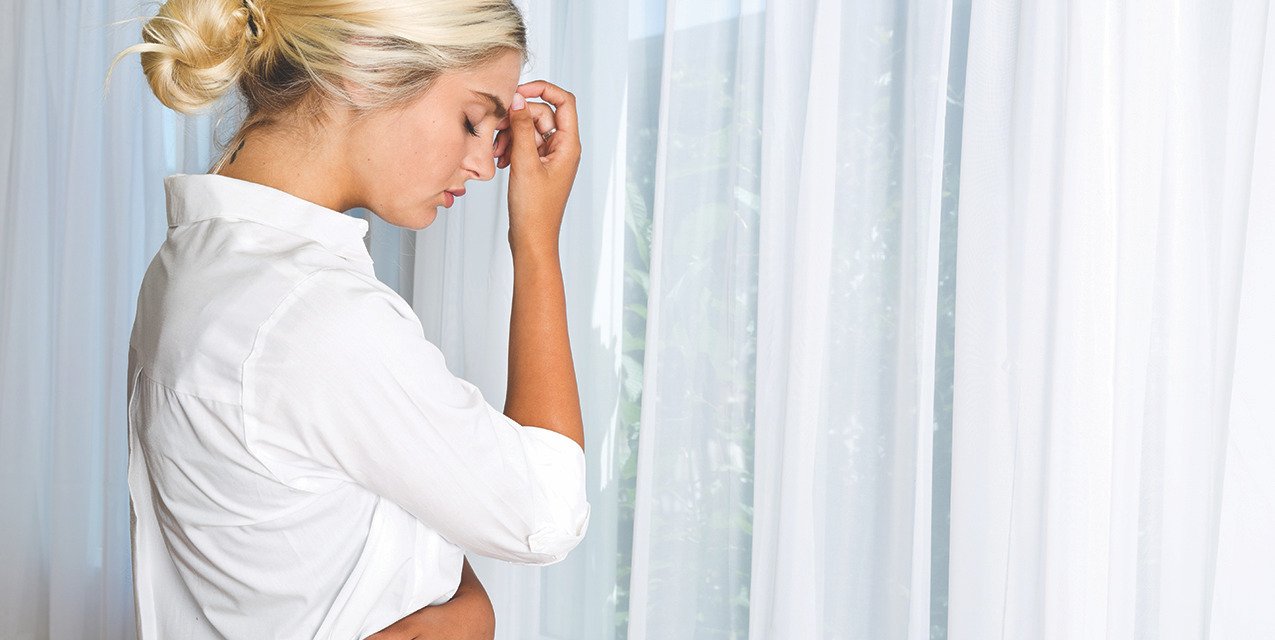Endometriosis occurs when cells lining the uterus grow into other areas of the body, resulting in pain, cramping, and unusual bleeding during a woman’s menstrual cycle. A woman’s ovaries produce hormones monthly that alert uterine cells to swell and thicken in preparation for pregnancy. If no conception occurs, these cells, along with blood and tissue, are shed during a menstrual period.
However, with endometriosis, cells and tissue of the lining of the uterus (endometrium) can attach to other areas of the body, including the ovaries, fallopian tubes, bowels, the rectum, the bladder, and the pelvic area lining. The errant tissue that characterizes endometriosis thickens, breaks down, and bleeds just like the lining of the womb does during menstruation. However, unlike the real endometrium, which sheds each month through the vagina, endometriosis tissue has no way to leave the body, and can build up. This can cause surrounding areas to become irritated and form scar tissue, and fibrous tissue called adhesions also may occur.
When endometriosis affects the ovaries, cysts can form, resulting in pelvic pain and cramping. Those suffering may also experience pain with intercourse, or with bowel movements and urination. Excessive bleeding or bleeding between periods may occur. For some, endometriosis may cause infertility.
According to the World Health Organization, endometriosis affects roughly 190 million women of reproductive age globally. It is a chronic condition for which there are treatments to relieve symptoms, but no cure. Factors that increase the risk of endometriosis include never giving birth; starting one’s period at an early age; going through menopause at an older age; short menstrual cycles; and heavy menstrual periods that last longer than seven days. A pelvic exam and imaging tests can help detect endometriosis and/or rule out other conditions.












